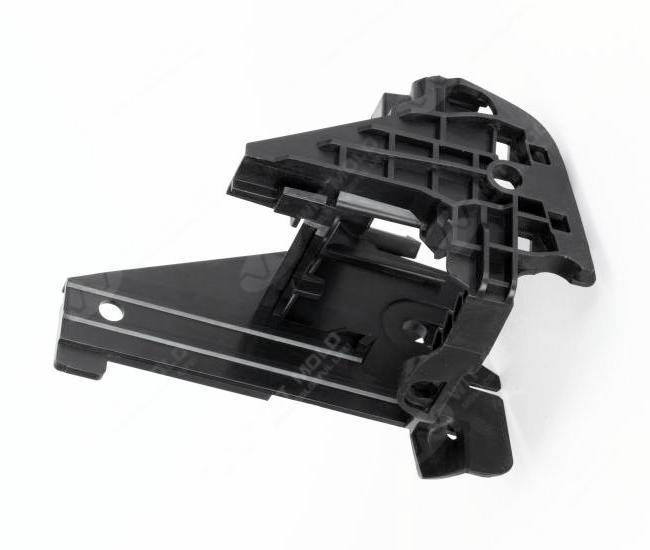Your Position: Home - Moulds - 7 points that must be considered in plastic injection molding
Considerations for plastic injection molding are essential for optimal performance and product quality. Here are the seven important factors: shrinkage, fluidity, crystallinity, heat-sensitive plastics and easily hydrolyzable plastics, stress cracking and melt rupture, thermal properties and cooling speed, and hygroscopicity.
1. Shrinkage Rate
The shrinkage rate in thermoplastic molding is influenced by various factors:
1. Plastic Types: During the injection molding process, the volume changes due to crystallization and strong internal stress. The overall shrinkage rate here is larger compared to thermosetting plastics, with greater directionality.
2. Characteristics of Plastic Parts: When molding, the molten material forms a low-density solid shell on the outer layer and a high-density solid layer on the inner part, leading to significant shrinkage. Thicker walls and slow cooling result in greater shrinkage.
3. Factors like the form, size, and distribution of the feed inlet affect material flow direction, density distribution, and shrinkage resistance.
4. Molding Conditions: Higher mold temperatures result in slower cooling and larger shrinkage. Internal and external cooling uniformity also impacts shrinkage.
For high precision plastic parts, adjust factors such as mold temperature, pressure, injection speed, and cooling time based on shrinkage range and wall thickness. Design the mold to cater to high-precision requirements, and make corrections post mold testing for best results.
2. Fluidity
1. The fluidity of thermoplastics can be analyzed using molecular weight, melt index, and flow ratio among others. Plastics like PA, PE, PS exhibit good fluidity while PC and polysulfone have poor fluidity.
2. Factors like temperature, pressure, and the structure of the mold significantly affect plastic fluidity. Adjusting the temperature, injection pressure, and velocity ensures the appropriate flow for injection molding.
3. Crystallinity
Thermoplastics divide into crystalline and amorphous types. Crystalline plastics often exhibit shrinkage and require specific cooling conditions for optimal properties, as seen in materials like POM and poly(4) methylpentene. Mold design and injection molding machine choices must accommodate these properties.

4. Heat-sensitive and Easily Hydrolyzable Plastics
1. Heat-sensitive plastics degrade when exposed to high temperatures for prolonged periods, such as PVC and POM. Mold design should minimize heat and shear effects to prevent decomposition.
2. Plastics like PC need preheating to prevent hydrolysis under high temperature and pressure conditions during molding.
5. Stress Cracking and Melt Rupture
1. Stress-cracking sensitive plastics may crack under stress or solvent exposure. Dry raw materials thoroughly and select appropriate molding conditions to reduce internal stress.
2. Melt rupture occurs when polymer melt exceeds a particular flow rate through a nozzle. Increasing cross-sections and adjusting temperature and speed can prevent this.
6. Thermal Performance and Cooling Rate
1. The thermal properties of plastics influence the selection of injection molding machines. Plastics with higher thermal deformation temperatures can cool quicker but require careful construction to prevent post-cooling deformation.
2. Cooling rates should be matched to the plastic type and mold complexities for even cooling. Molds need heating or cooling systems to maintain mold temperatures effectively, ensuring uniform crystallization and dimensional stability for custom plastic injection molding.
7. Hygroscopicity
Plastics vary in their moisture absorption traits. Ensuring moisture levels are controlled is critical, as excess moisture can cause foaming and poor mechanical properties. Preheating and using proper drying methods are necessary to maintain the quality and fluidity of the resin.
212
0
0
Comments
All Comments (0)